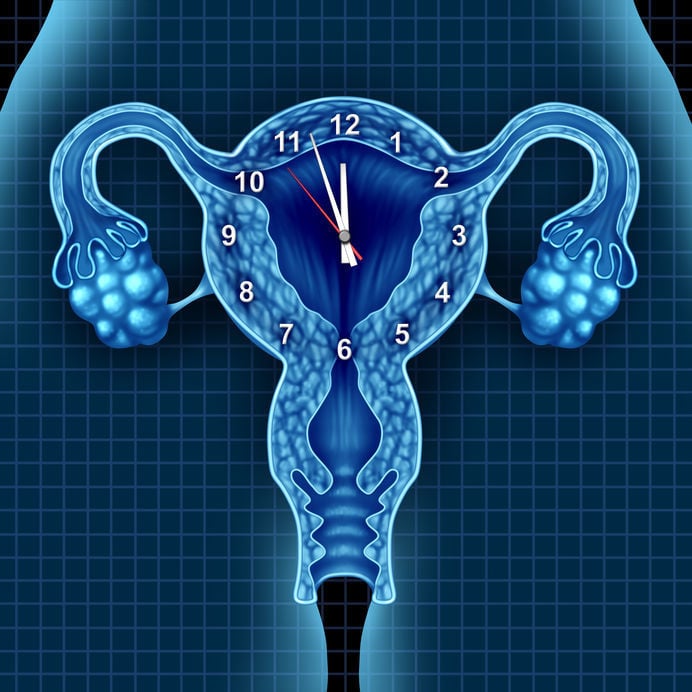Getting The Details On Reproductive Health
As the saying goes, knowledge is power. For doctors and patients dealing with fertility issues, having the facts can make a difference. So a great starting point is a visual assessment. And an x-ray is one of the best tools in a doctor’s arsenal. But no ordinary x-ray will do.

Your doctor may use Hysterosalpingography
Hysterosalpingography might sound like a big, scary tongue twister. The procedure also called an HSG, is a medical term for a special x-ray of the uterus and fallopian tubes. The procedure is safe with almost no side effects. Doctors can perform them in minutes and get actionable information in return. However, doctors won’t complete an x-ray if there’s an infection or uterine bleeding.
How an HSG is done
First, the doctor or OB/GYN will prepare the patient with a painkiller before the test. The x-ray is a fluoroscopy which gives real-time images of the uterus and fallopian tubes. After cleaning the cervix, the doctor fills the area with contrast material. This liquid should go along the tubes and spill out, meaning there’s no blockage. If the liquid does not spill, an issue may be present. The doctor now has real-time recordings to check the shape and health of the uterus and fallopian tubes.
Checking the pipes
The biggest reason a doctor may perform an x-ray is to assess reproductive health. So an HSG can double as a fertility test. The x-ray helps determine if the shape is abnormal, or if scars exist on the uterine lining. An HSG gives doctors the data needed for a plan to improve the chance of a successful pregnancy.
Confirming a serious issue
Doctors need an x-ray to reveal reproductive conditions like fibroids, cysts, tumors or polyps. An HSG however, cannot determine conditions like endometriosis, which still require a laparoscopy. An HSG could also help determine the cause of the patient has had multiple miscarriages. A doctor can now assess if surgery or treatment will help.
A positive impact on fertility
An x-ray of the uterus may have a beneficial side effect. Doctors observed some women see an increase in fertility after having a Hysterosalpingography. Recent research observed using an oil-based contrast material showed an increase in pregnancy and live births. The reason behind oil versus water is still unclear. However, the belief is the contrast material clears the fallopian tubes. The success has given way to a process called tubal flushing. So a doctor may want to x-ray the uterus to improve patient fertility.
Trusting your x-ray
Getting an x-ray may scare some patients. A genuine concern is an exposure to radiation. But the benefits of an HSG outweighs the small exposure. Getting clear on what’s happening in the uterus can put patients on the path to the right fertility treatment.




